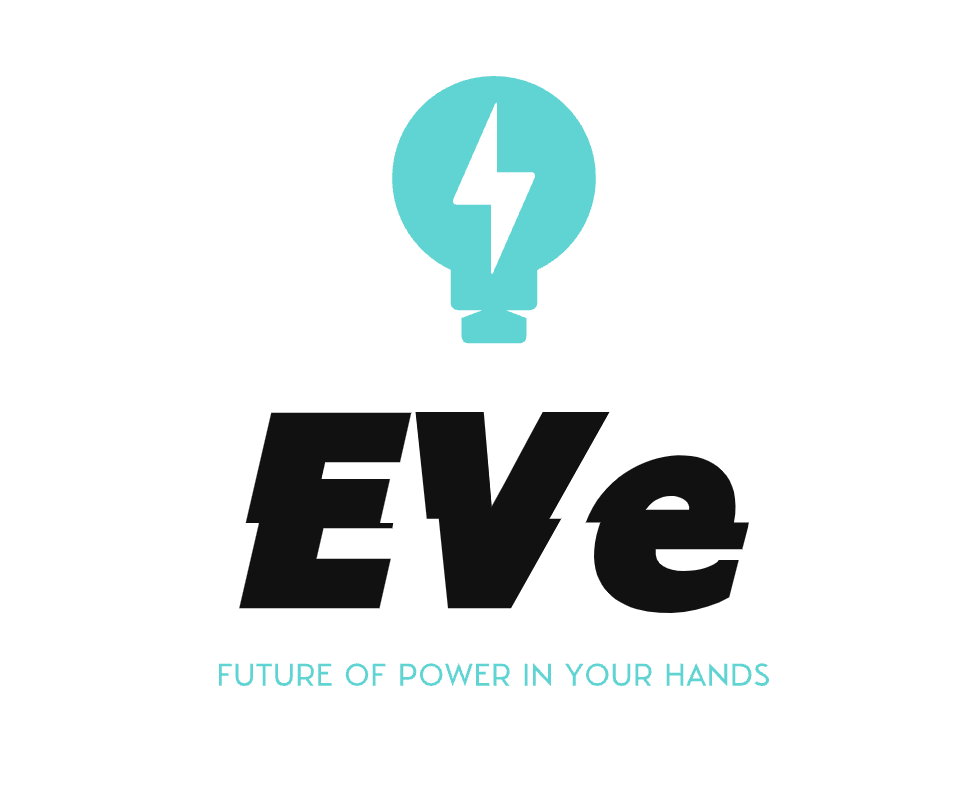Data Story
In the bustling world of electric vehicles (EVs), there's a growing need for charging stations. But where should they be located to best serve the community? Let's dive into data to find out. The "Population" data offers a lens into where the majority reside, highlighting potential hotspots for EV charging demand in the future. With "Commute Distance" data, we understand daily travel habits. If most people are covering long distances, charging stations on main routes become essential. Conversely, shorter commutes suggest a need for stations in city centers or residential areas. The "EV buyers" data, showcasing current and projected EV registrations, acts as a barometer for future charging demand.
But it's not just about demand; supply-side considerations are equally crucial. The "Electricity Infrastructure" dataset ensures that when we place a charging station, it's powered efficiently, tapping into existing transmission lines and renewable energy sources. Beyond commuting, the "Places of Interest" data underscores the importance of integrating charging into daily life, suggesting stations near shopping centers, parks, and other hubs. Economic dynamics, captured in the "Income data", hint at regions where EV adoption might be rapid, necessitating more stations. The "Road routes" data ensures we address range anxiety, placing stations strategically on popular routes. And to truly optimize placement, the "Traffic Volumes" dataset guides us to the busiest roads, ensuring maximum utility for EV drivers.
By meticulously analyzing these datasets, each offering a unique piece of the puzzle, we can craft a comprehensive strategy. Implementing a recursive algorithm, we ensure even remote areas have access, and maintain an optimal EV to Charging Station Ratio. The result? Precise locations, accurate to less than 300 meters, each with a priority score, directing us where to build first to best serve the EV community.
Please find a diagram of the datastory in the Google Drive folder. (https://drive.google.com/file/d/1K6szzodK3a9FaTCnsuM2ELtWw210MlW6/view?usp=sharing)


